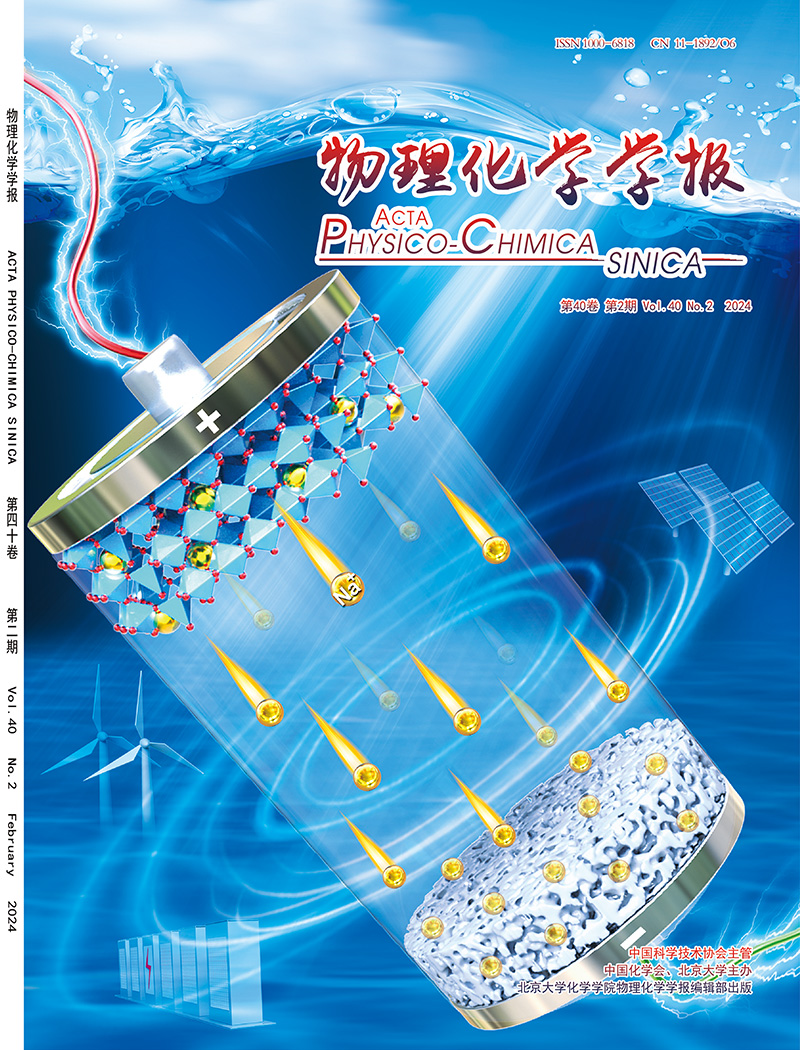High-precision and reliable thermal conductivity measurement for graphene films based on an improved steady-state electric heating method
IF 13.5
2区 化学
Q1 CHEMISTRY, PHYSICAL
引用次数: 0
Abstract
The graphene film with high thermal conductivity has garnered considerable attention in recent years as an ideal material for dissipating heat in high-power electronic devices. Thermal conductivity is a crucial parameter for evaluating its fundamental performance. High-precision measurement holds significant importance for understanding its basic properties, fabrication optimization, and industrial applications. However, it is difficult to simultaneously achieve efficient, accurate, and reliable measurements with existing commercial thermal conductivity testing methods. The development of a convenient, high-precision, and reliable measurement approach remains a great challenge. Here, we introduce a thermal conductivity testing methodology with superior accuracy and excellent efficiency based on an improved steady-state electric heating method, refined through the optimization of heat transfer principles, experimental operation, and data analysis, supported by finite element simulation. The accuracy of measurements is affected by four factors: heat loss calibration, sample size, device design, and data treatment. The experimental results show that the heat loss caused by heat radiation and heat convection affects the temperature distribution and the measurements of the sample, which should be strictly controlled by sample size and temperature rise. Reasonable screening and preprocessing of data are also necessary to improve measurement accuracy. Through the comparative analysis of the temperature distribution and thermal conductivity measurements of samples under different conditions, we propose feasible operational guidance and a standardized testing protocol to minimize measurement error. The measurement error is less than 3.0%, and uncertainty is reduced to 0.5%. Simulation results confirm that the response time of this method is down to milliseconds, correlating well with the experiment, which can effectively improve test efficiency. Considering the combined merits of high accuracy, repeatability, and fast response, the improved steady-state electric heating method offers useful guidance for the accurate evaluation of the thermal conductivity of materials and crucial technical support for research and application in thermal management.

基于改进的稳态电加热方法的石墨烯薄膜的高精度可靠导热系数测量
近年来,具有高导热性的石墨烯薄膜作为大功率电子器件的理想散热材料受到了广泛的关注。导热系数是评价其基本性能的重要参数。高精度测量对于了解其基本特性,制造优化和工业应用具有重要意义。然而,现有的商用热导率测试方法很难同时实现高效、准确和可靠的测量。开发一种方便、高精度、可靠的测量方法仍然是一个巨大的挑战。本文介绍了一种基于改进的稳态电加热方法的导热系数测试方法,该方法通过对传热原理的优化、实验操作和数据分析进行改进,并以有限元模拟为支持。测量的准确性受到四个因素的影响:热损失校准、样本量、设备设计和数据处理。实验结果表明,热辐射和热对流引起的热损失会影响样品的温度分布和测量结果,应严格控制样品大小和温升。为了提高测量精度,还需要对数据进行合理的筛选和预处理。通过对不同条件下样品温度分布和导热系数测量结果的对比分析,提出了可行的操作指导和标准化的测试方案,以最大限度地减少测量误差。测量误差小于3.0%,不确定度降低至0.5%。仿真结果表明,该方法的响应时间可降至毫秒级,与实验结果吻合良好,可有效提高测试效率。改进的稳态电加热方法具有精度高、重复性好、响应速度快等优点,为准确评价材料导热系数提供了有益的指导,为热管理研究和应用提供了重要的技术支撑。
本文章由计算机程序翻译,如有差异,请以英文原文为准。
求助全文
约1分钟内获得全文
求助全文

 求助内容:
求助内容: 应助结果提醒方式:
应助结果提醒方式:


